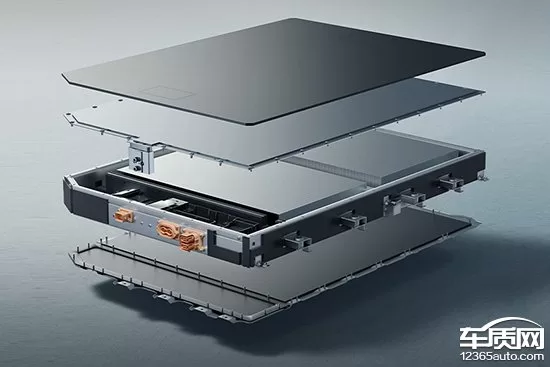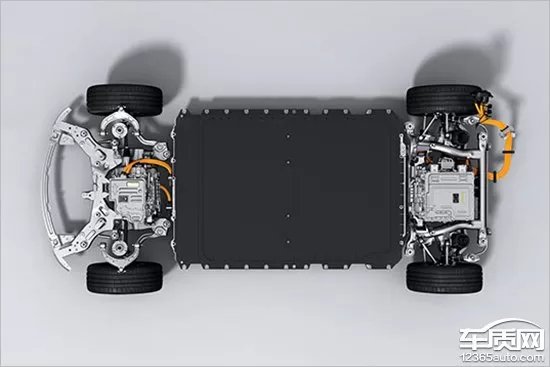As the development of new energy vehicles continues, the structure of power batteries is also evolving, from the early independent battery pack module to the now popular integrated battery pack design. Integrated battery pack design is increasingly favored by more and more car companies due to its highly integrated structural characteristics. With limited space, it allows for more batteries to be loaded, thereby achieving a comprehensive improvement in vehicle range and safety. 1. Where does the integrated battery pack technology come from? The early batteries were packaged in the form of “battery cell-battery module-battery pack”, with the battery cells as the smallest unit forming the module, and then the modules forming the battery pack. This design makes it easy to manage and maintain, but the use of a large number of cables and structural components between the modules leads to increased weight and lower space utilization of the battery pack, affecting vehicle range and safety. In order to solve these problems, the industry has proposed the concept of CTP, which involves eliminating or reducing the modules and placing the battery cells directly in the battery pack. A typical example is BYD’s blade battery, which directly aggregates the battery cells into the battery pack, increasing space utilization by 50%. However, CTP is still just a battery pack simplification technology, and does not completely eliminate cables and structural components, nor does it solve the problems of vehicle range and safety.
Finally, the integrated battery body technology has emerged, greatly simplifying the vehicle’s wiring and structural components by directly integrating the battery cells on the chassis, increasing the energy density of the power battery, and supporting longer range. Currently, the integrated battery body technology is mainly divided into two routes: CTC and CTB. What are the differences between the two routes of integrated battery body technology? Although both CTC and CTB belong to the integrated battery body design, they differ in structure and specific performance.
The main difference between CTC and traditional battery installation is the elimination of the battery pack cover or cabin floor. Different manufacturers have slightly different approaches, such as Lixiang’s CTC solution which eliminates the battery pack cover, while Tesla’s CTC solution eliminates the cabin floor. It is worth mentioning that Tesla’s CTC solution integrates the cabin crossbeam and interior seats into the battery pack, with a higher degree of integration compared to Lixiang. CTB is similar to CTC, both directly installing battery cells on the chassis. However, CTC still treats the battery pack as a separate object that needs protection, while BYD’s CTB integrates the high safety and structural strength of blade batteries into the overall design of the vehicle body. The battery cells of the blade battery form a structure similar to honeycomb aluminum, which can function as a structural component of the vehicle body. Therefore, in terms of structural safety and maintainability, CTB has the upper hand and is more beneficial to users.


